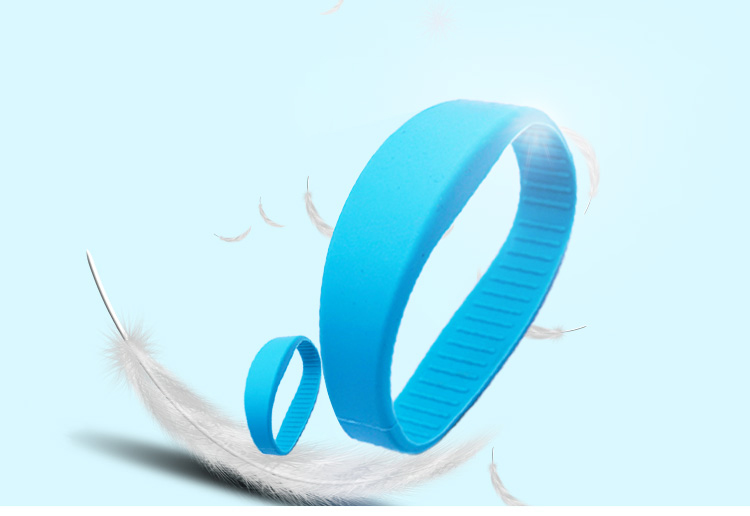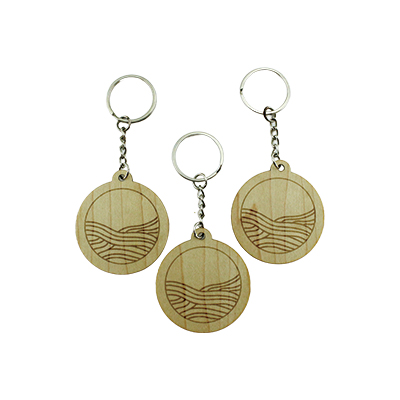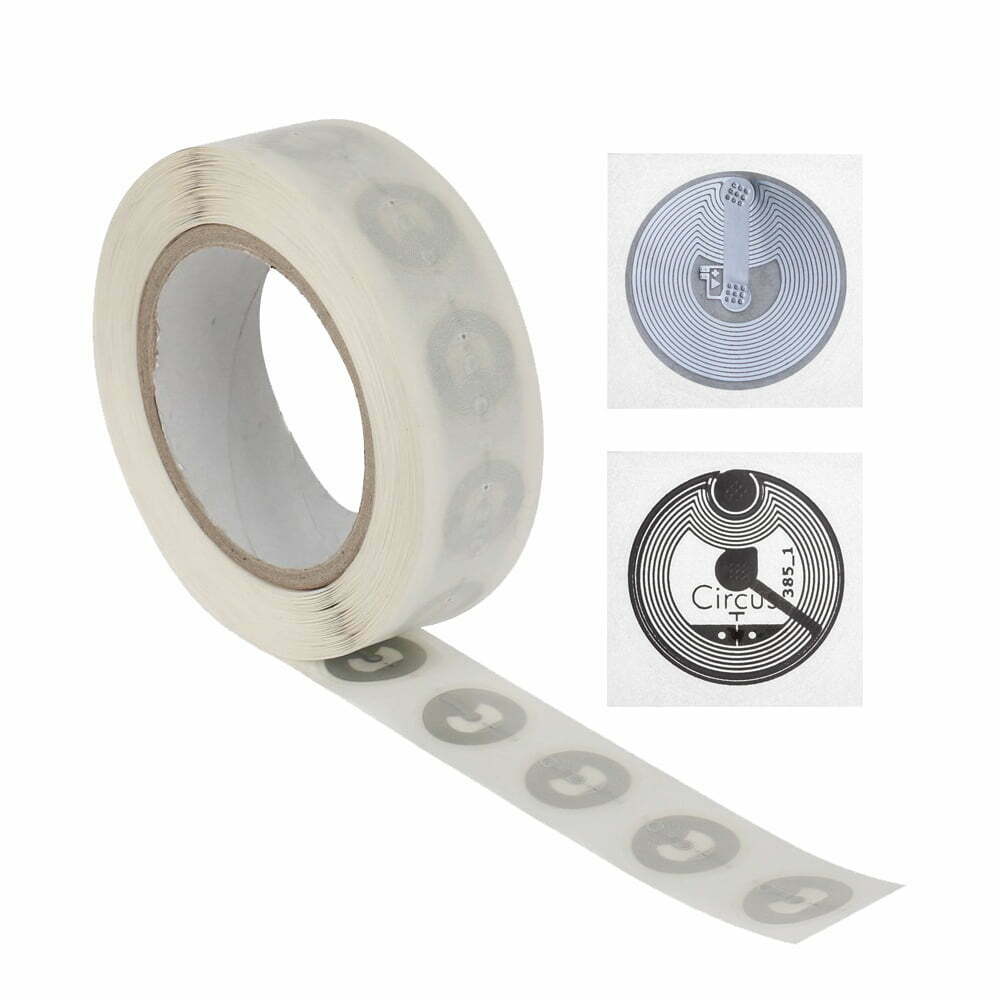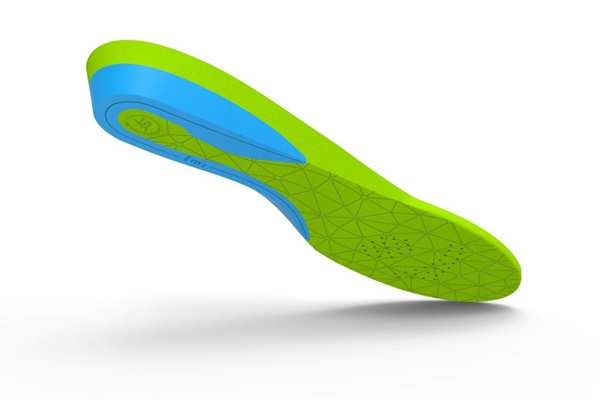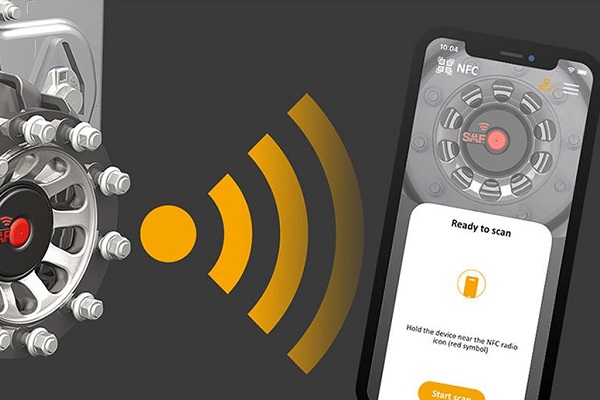Bracelets NFC, short for Near Field Communication wristbands, are a type of smart wearable device that incorporates NFC technology. They not only provide the functions of traditional wristbands, such as fashion accessories and sports monitoring, but also possess unique advantages brought by NFC technology, such as wireless payments, access card emulation, and information transmission. This article will delve into the types, common parameters, fonctions, and application scenarios of Bracelets NFC.
What types of NFC wristbands are there?
NFC wristbands can be divided into various types according to material, function and design:
Rubber wristbands: Usually made of soft and comfortable rubber material, suitable for long-term wear. This type of wristband is usually used in sports bracelets and has the characteristics of waterproof, sweat resistance, etc..
Leather wristband: A more stylish look that goes with formal or casual wear. Leather wristbands are superior in texture and class, but may not be as durable as rubber wristbands in sports or underwater environments.
Braided wristband: The material can be customised, such as PVC, etc., with better breathability and durability. This type of wristband is usually used in exhibitions, office buildings, etc., as an access card or event ticket.
Common parameters of NFC wristbands
- Capacité de stockage: Puces NFC usually have a certain amount of storage space, which is used to store user information, access card data, etc.. Common storage capacities include 8K (bits) and so on.
- Fréquence de fonctionnement: NFC technology typically operates at 13.56MHz, which is the frequency specified by international standards.
- Distance de communication: La technologie NFC a une courte distance de communication, generally within 10 cm, to ensure the security and reliability of data transmission.
- Température de fonctionnement: NFC wristbands can usually work well within a certain temperature range, such as -20°C to 60°C.
The function of the NFC wristband
- Fonction de paiement: Cashless and convenient payment can be achieved by binding bank cards or payment platforms.
- Bus and subway card swiping: Buses and subways in some cities support NFC wristband card swiping, which is convenient for travel.
- Access card simulation: Record the information of the access card into the bracelet to realise the entry and exit of the bracelet.
- Information transfer: Quickly transfer files, pictures and other information with other NFC devices.
- Sports monitoring: Real-time monitoring of the user’s exercise data, such as steps, heart rate, calories, etc..
- Health monitoring: Some high-end NFC wristbands also have functions such as blood oxygen monitoring and sleep monitoring to help users have a comprehensive understanding of their health status.
Applications of NFC wristbands

NFC wristbands are used in a wide range of applications, covering many aspects of daily life:
- Scénario de paiement: Whether it is offline shopping or online payment, NFC wristbands can provide convenient and secure payment methods.
- Transports en commun: The NFC wristband can be used as a bus card or metro card, reducing the hassle of carrying a physical card.
- Système de contrôle d'accès: In places that require access control cards such as communities, companies or gyms, NFC wristbands can easily replace physical access control cards.
- Medical field: NFC wristbands can be used as a medium for patient identification and electronic medical records, improving the convenience and security of medical services.
- Sports and fitness: For people who exercise regularly, NFC wristbands can not only monitor exercise data, but also provide convenient payment and access control functions.
En bref, Bracelets NFC, as a fashionable, practical and intelligent wearable device, are gradually changing our lifestyles. With the continuous progress of technology and the continuous expansion of application scenarios, NFC wristbands will surely play a more important role in the future.

